Parijat Plant – Harsingar Plant- Shiuli Flower Plant – Night Jasmin – Siuli Tree (Nyctanthes arbor-tristis): Tree
Parijat Plant – Harsingar Plant- Shiuli Flower Plant – Night Jasmin – Siuli tree (Nyctanthes arbor-tristis) , scientifically known as Nyctanthes arbor-tristis. This delicate flower dons many names, each carrying a whisper of its mystique – Coral Jasmine, Tree of Sorrow, Queen of the Night, and the evocative Night-flowering Jasmine. Beyond its ethereal beauty lies a tale woven with mythology, medicinal prowess, and a breathtaking nightly transformation.
Shiuli Flower Plant – Night Jasmin – Siuli tree Legends Blossoming Amidst Stars
Venture into the pages of mythology, and you’ll find the Parijat entwined in tales of love and celestial battles. In the Bhagavatha, Lord Krishna and Sathyabhama’s celestial escapade unfolds, with the Parijat tree – Shiuli Flower Plant as the center of their affection. The divine tree, adorning the heavenly gardens, became the focus of Sathyabhama’s desire. Lord Krishna, ever the doting consort, uprooted the tree, setting off a celestial clash with Lord Indra. Through divine intervention, the Parijat tree – Shiuli Flower Plant returned to its heavenly abode, leaving a trace of its enchantment on Earth.
Night Jasmin – Siuli Tree (Nyctanthes arbor-tristis): Tree A Blossom Beyond Twilight
The Night Jasmin – Siuli Tree (Nyctanthes arbor-tristis): allure extends beyond legends, as its blossoms emerge with the fall of dusk. With petals adorned in pure white and a captivating orangish-red heart, these flowers paint a mesmerizing picture against the night sky. A symphony of fragrance and elegance fills the air, earning it the title ‘Parijata,’ the flowers of the Gods and Goddesses. Yet, as dawn approaches, the petals fall, carpeting the ground in a delicate offering.
Night Jasmin – Siuli Tree (Nyctanthes arbor-tristis): Tree Nature’s Medicinal Marvel
Beyond its captivating aesthetics lies a treasure trove of healing. Every part of the Parijat Tree -Siuli Tree finds purpose in Ayurveda and Homeopathy, offering remedies for arthritis, fever, constipation, cough, and more. This versatile flora, aptly named the “tree of sorrow,” presents a paradox of strength and vulnerability. Its leaves droop as the morning sun rises, a poignant reminder of life’s transient beauty.
A Global Symphony of Names – Siuli Tree (Nyctanthes arbor-tristis): Tree
In the rich tapestry of languages and cultures, Parijat emerges under myriad aliases. From Har Singar in Hindi to GangaSiuli in Odia, its presence resonates across landscapes. This botanical gem, native to Southeast Asia and South Asia, boasts a universal legacy.
Siuli Tree (Nyctanthes arbor-tristis): Tree – A Glimpse into Parijat’s Essence
Standing as a testament to nature’s artistry, the Parijat tree unfurls a story of resilience and enchantment. With its lanceolate leaves, fragrant blooms, and brown heart-shaped capsules, it embodies nature’s intricate craftsmanship. Tolerant to a range of environments, from rocky hills to deciduous forests, Parijat stands tall amidst diversity.
Siuli Tree (Nyctanthes arbor-tristis): Tree A Timeless Elixir
The Parijat’s allure echoes through history, transcending boundaries and cultures. Its presence offers solace to the soul, an embodiment of beauty, myth, and healing. As its petals grace the earth each dawn, we are reminded of life’s fleeting yet profound moments, and the enduring enchantment that nature graciously bestows upon us.

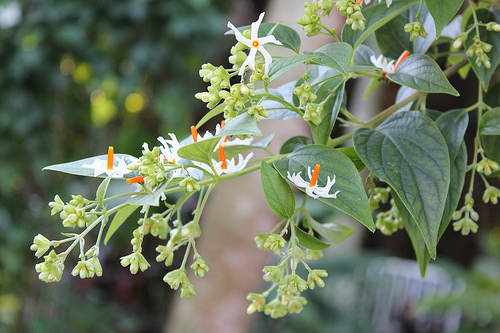
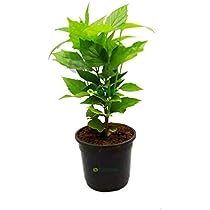
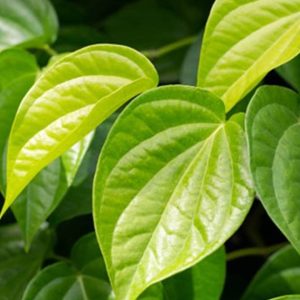
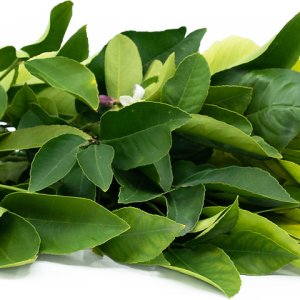
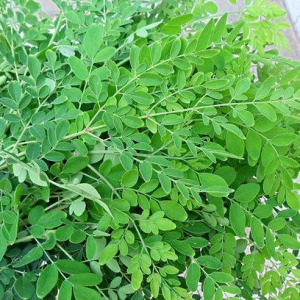
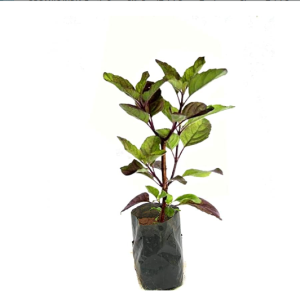




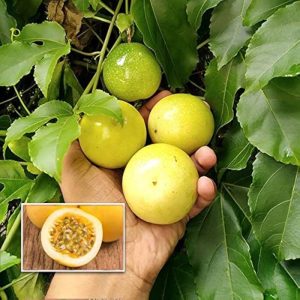

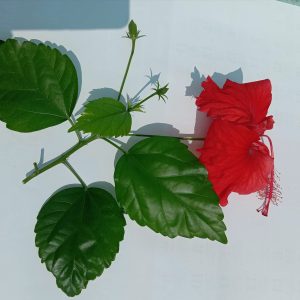
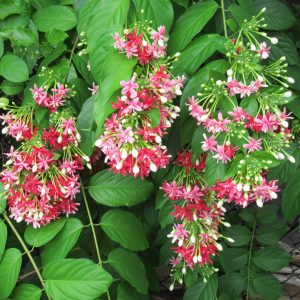

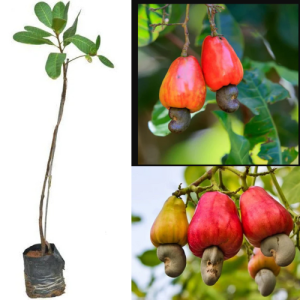
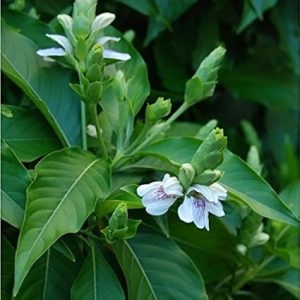

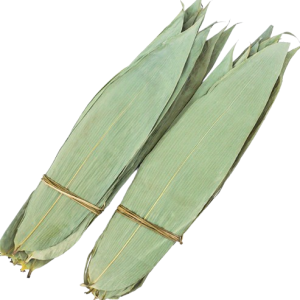


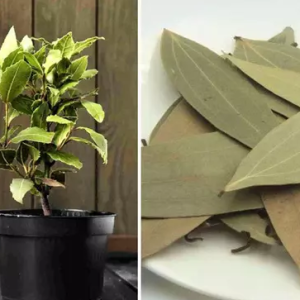
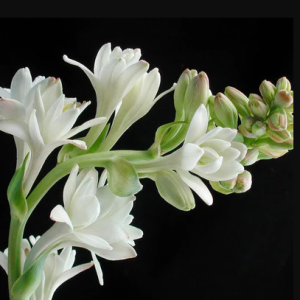
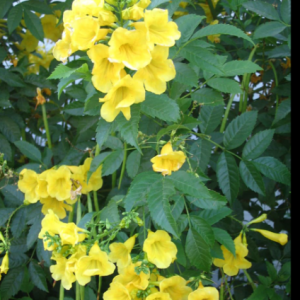
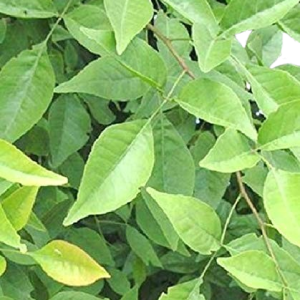




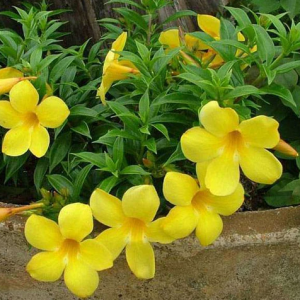
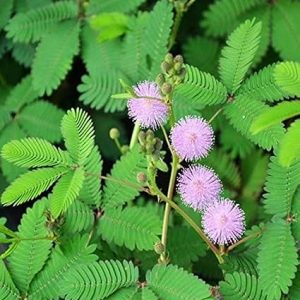
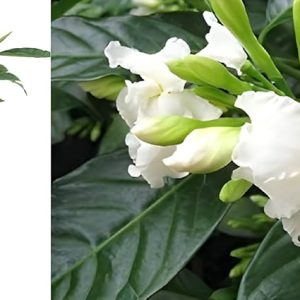
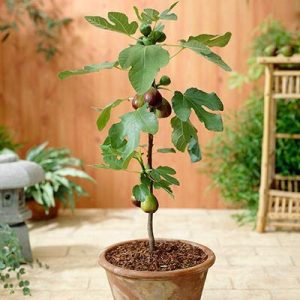

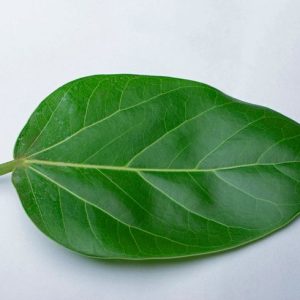
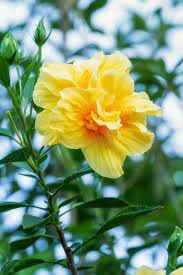
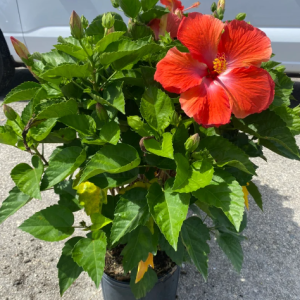

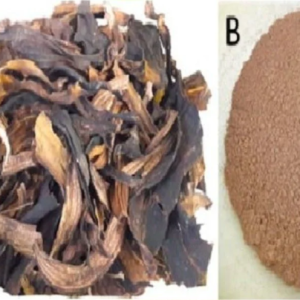


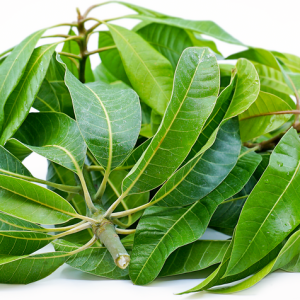

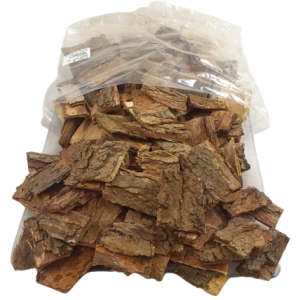

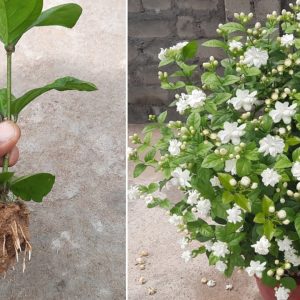

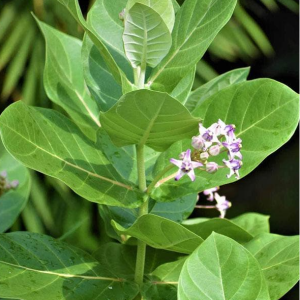



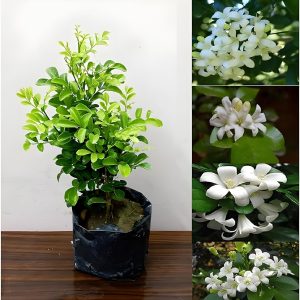
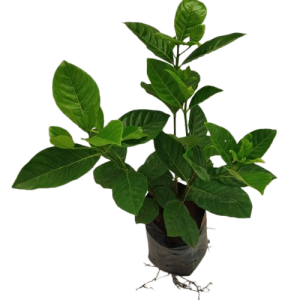

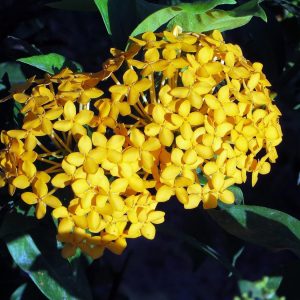

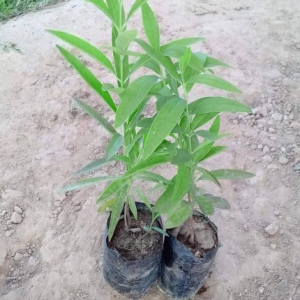

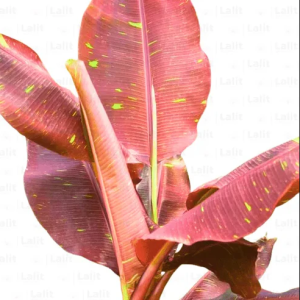


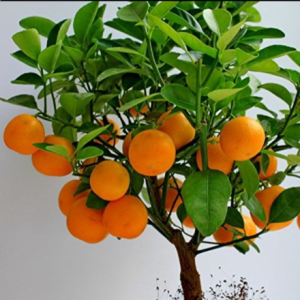
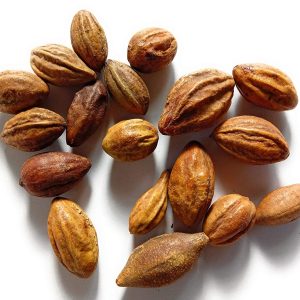


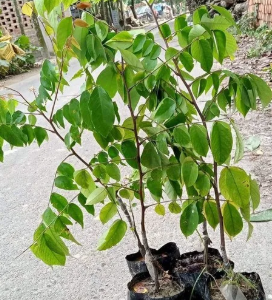
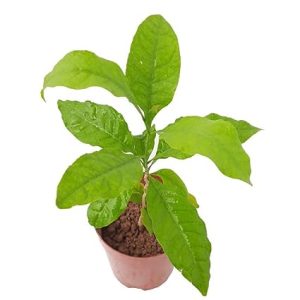
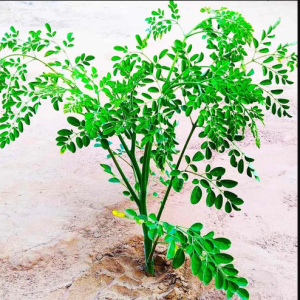

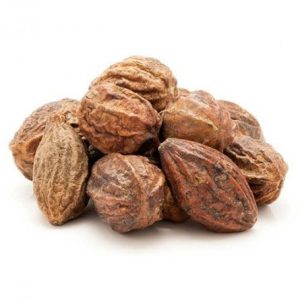

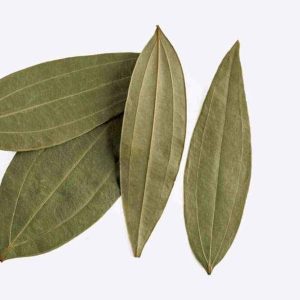
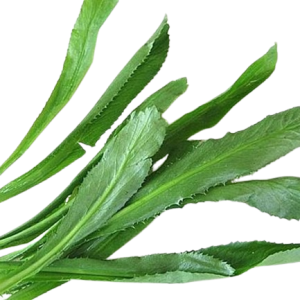
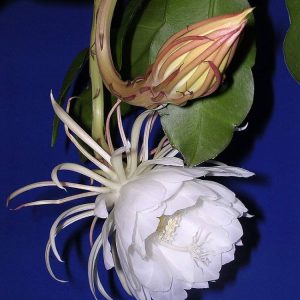
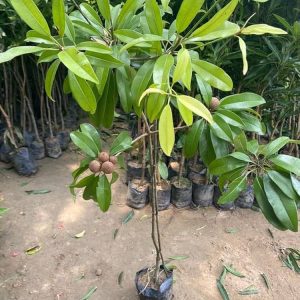

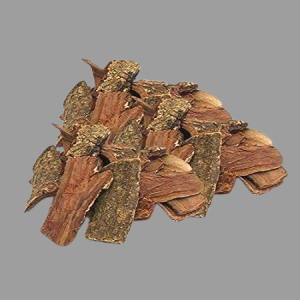
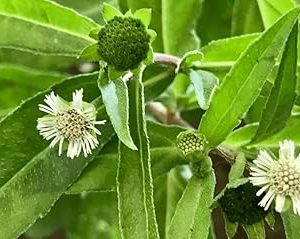
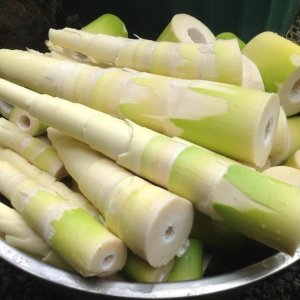
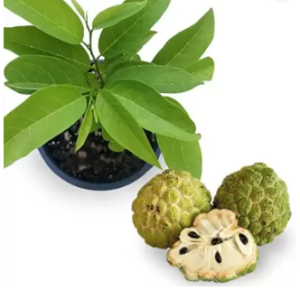
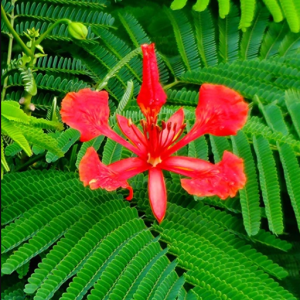
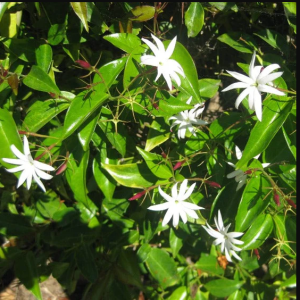
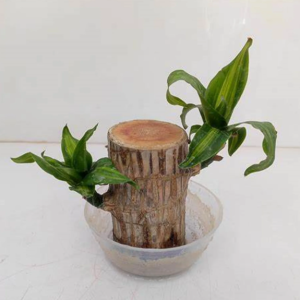





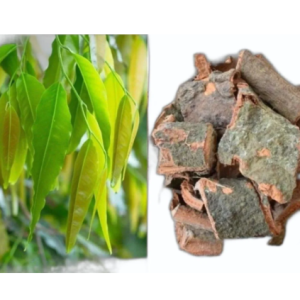
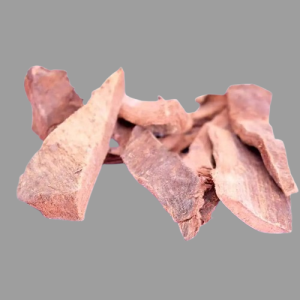


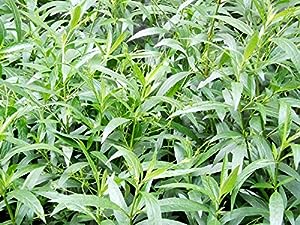
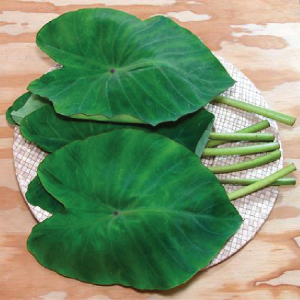
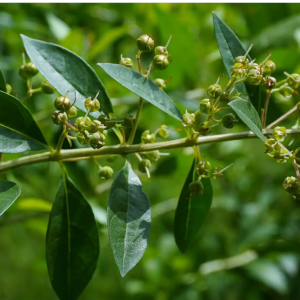
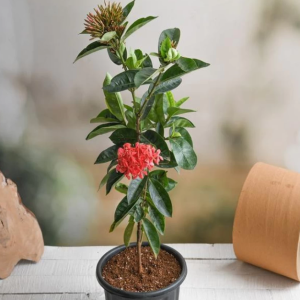


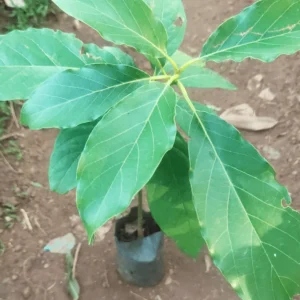
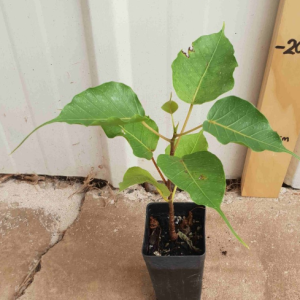


hira Sharma –
Parijat Plant is healthy good packing